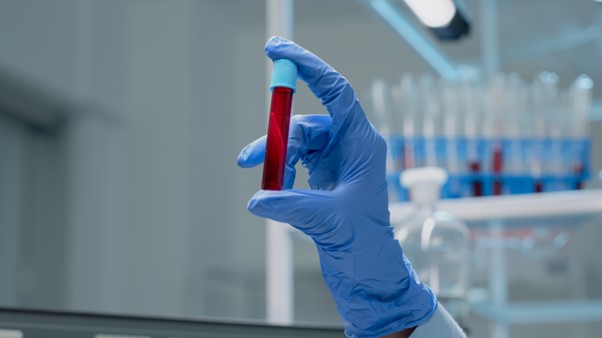What Is a Complete Blood Picture (CBP)?
A Complete Blood Picture, or CBP, is a simple blood test. It checks the main parts of your blood. Doctors use it to look at your health. The CBP test meaning is to measure red blood cells, white blood cells, platelets, hemoglobin, and hematocrit. Because it gives a full view of your blood, it helps find many health problems early.
Why Is a Complete Blood Picture Ordered?
Doctors order a Complete Blood Picture for many reasons. Often, it is part of a routine health check. Sometimes, it helps find the cause of symptoms like tiredness or fever. In addition, it can help check for infections, anemia, or bleeding problems. If you live in a city, you may hear about the CBP test in [Your City].
How Is the CBP Test Performed?
The CBP test procedure is quick and easy. First, a nurse or technician cleans your arm. Next, they use a small needle to take a blood sample. The sample goes to a lab for testing. Usually, the whole process takes less than five minutes. Afterward, you can go back to your normal activities.
What Do the Results Mean?
CBP results show the levels of different blood cells. Each part tells something about your health. Let’s look at the main components:Red Blood Cells (RBC): These cells carry oxygen. Low RBC may mean anemia. High RBC can point to other health issues.White Blood Cells (WBC): These fight infections. High WBC may mean infection or inflammation. Low WBC can make it hard to fight germs.Platelets: These help your blood clot. Low platelets can cause bleeding. High platelets may show other problems.Hemoglobin: This is the part of RBC that carries oxygen. Low hemoglobin often means anemia.Hematocrit: This shows the part of blood made up of RBC. It helps check for anemia or dehydration.
Normal CBP values can vary by age and gender. Your doctor will explain what your numbers mean. For more details, ask about the interpretation of CBP results.
Common Symptoms or Conditions That May Require a CBP
Doctors may suggest a CBP if you have certain symptoms. For example, you may need a CBP if you feel:Very tired or weakFever or chillsBruising or bleeding easilyShortness of breathUnexplained weight loss
Also, people with long-term illnesses may need regular CBP tests. These include diabetes, kidney disease, or cancer.
How to Prepare for the Test
Usually, you do not need special steps before a CBP. However, your doctor may ask you to avoid certain foods or medicines. Always follow your doctor’s advice. If you are unsure, ask the lab or clinic for instructions.
What to Expect During and After the Test
During the test, you may feel a small pinch. Most people feel fine afterward. Sometimes, you may have a small bruise. Drinking water before the test can help make it easier. If you feel dizzy, tell the nurse right away. After the test, you can eat and drink as usual.
Frequently Asked Questions About CBP
Is the CBP test safe? Yes, it is very safe. Side effects are rare and mild.How long do results take? Most labs give results in one or two days.Do I need to fast? Usually, fasting is not needed. But always check with your doctor.Can medicines affect my CBP? Some medicines can change your results. Tell your doctor about all medicines you take.
When to Consult a Doctor
If your CBP results are not normal, do not worry right away. Many things can affect your blood counts. However, you should talk to your doctor for a full explanation. They can tell you what your results mean for your health. If you have symptoms like severe tiredness, bleeding, or fever, seek medical help quickly.
For personalized advice about your Complete Blood Picture results, consult a healthcare professional. They can guide you on the next steps for your health.

